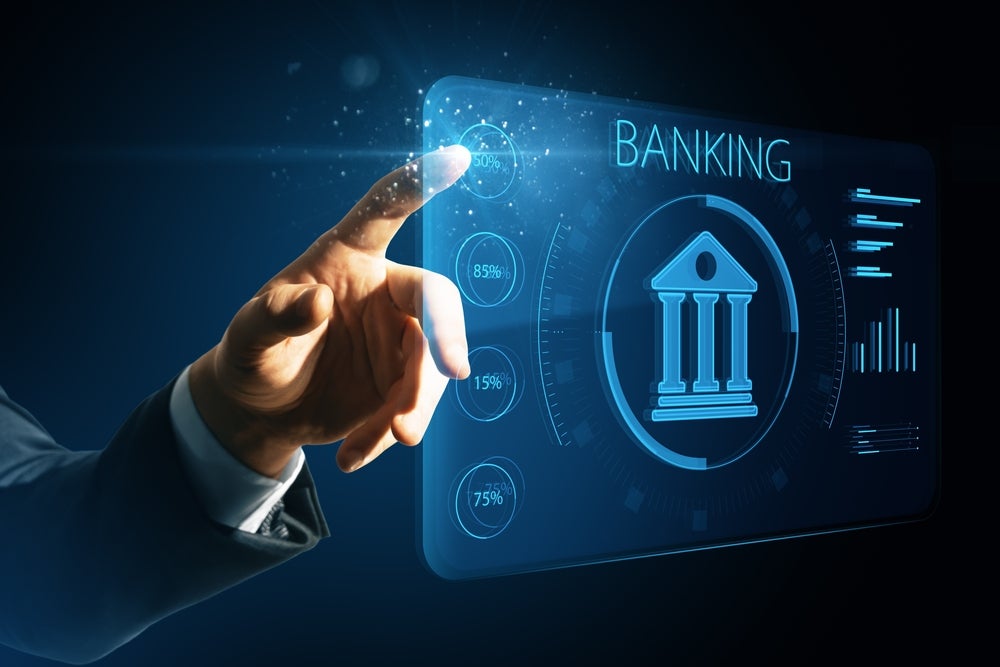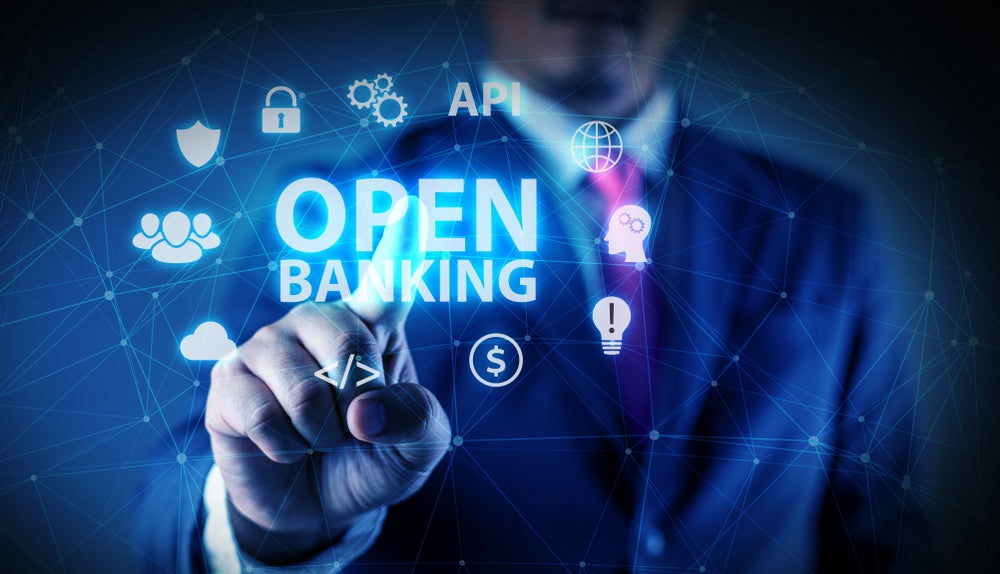
Customer experience is about pragmatic trade-offs, particularly at large incumbent banks operating amid the extraordinary operational demands of Covid-19. The volume and velocity of channel shift has made operational agility more important than ever. Redesigning core infrastructure to be more modular reduces interdependencies between processes, which means less extensive testing when updating processes, expediting time-to-market and limiting overall complexity and cost.
Listed below are the key technology trends impacting the customer experience theme, as identified by GlobalData.
“Voice of customer” to prioritise improvements and spend
The voice of the customer must sit at the heart of transformation efforts. Banks don’t know what customers want, they have to ask them. There are many examples of vanity transformation projects; of initiatives that while technologically innovative were not compatible with customers’ actual preferences. Effective user experience (UX) is often not about big bang tech spend but finding ways to make customers’ lives easier within the real-world limitations of budget, time, and so on.
Shift from graphical user interface to conversational user interface
Mobile app and web design is still critically important, but already many customers are interacting primarily through messaging apps. Many chatbots already support voice-activated messages, which reduces friction further. Chatbots typically work best for simple customer queries – but with simple queries often accounting for 80%+ of inbound call centre activity, there’s enormous potential to cut costs while freeing up staff for complex interactions.
Relentless process simplification
Many bank application processes are designed around outdated provider processes and regulation rather than customer needs. Simplifying core decision-making processes drives the biggest possible uplift in UX. Credit-related activities are typically divided into front-office, risk management, and back-office procedures. Integrating these actions end to end can allow institutions to conflate all credit steps into one straight-through process, backed by continually updated analytics.
Shift from proprietary channels to partnerships and platforms
As more banking happens outside of proprietary banking channels, banks are partnering with third-party platforms to protect against disintermediation and/or expand reach. Banks need a flexible technology platform to deliver this, as customers’ channel preferences are changing all the time.
How well do you really know your competitors?
Access the most comprehensive Company Profiles on the market, powered by GlobalData. Save hours of research. Gain competitive edge.

Thank you!
Your download email will arrive shortly
Not ready to buy yet? Download a free sample
We are confident about the unique quality of our Company Profiles. However, we want you to make the most beneficial decision for your business, so we offer a free sample that you can download by submitting the below form
By GlobalDataNot just the specific mix of channels used but what a “channel” fundamentally is; away from something that banks control – like proprietary channels – toward ecosystems or platforms in which the bank is just one participant or partner, whether that be an app or a third-party’s platform.
Bank as a service enables ever more segmented propositions
Bank as a service is a related but distinct aspect of partnerships and platforms. It democratises access to financial services provision by making the entire tech and regulatory stack – banking license, anti-money laundering (AML), Know Your Customer (KYC), core banking, payment infrastructures – available “as a service”.
On the one hand, this is an opportunity for banks to provide the bank platform and generate B2B revenue. But it also represents a significant reduction in barriers to entry, turning much of the existing D2C business into a “white good.” This will allow new entrants to offer over-the-top digital services that are ever more segmented, such as a start-up focused on the banking needs of mixed race women aged 30 who work in banking, for example.
Machine learning algorithms to deliver personalisation at scale and cost
This is not just market algorithms but non-market algorithms that can identify upcoming cashflow shortfalls to allow banks to intervene early with help and support. By learning over time, these algorithms can measure “next best offer” based on how many customers convert after a given piece of advice is issued, in order to ensure the best utility for the customer and the best conversion for the bank. Algorithms also play a role in UX optimisation, by dynamically reconfiguring digital interfaces based on user history to anticipate what content and functionality customers will want most.
Real-time customer relationship management using alternative data sets
Best-in-class online retailers achieve high levels of conversion by personalising sales pathways in real-time. Rather than recommending five products, they recommend the best possible “one product” for that customer. New digital banks are emulating this approach. Nubank is using sophisticated credit scoring based on metadata to personalise pricing, credit limits, customer relationship management, and target prospective customers with offers.
Social, gamified digital quantification of quantification
Digital disruption has given rise to the Quantified Self — where we gain knowledge through self-tracking —and many users have become attuned to seeing their personal financial data depicted in graphically meaningful ways. These trends are now evolving into intuitive visualisation alongside goal setting and game mechanics to incentivise behaviour change.
Alternative reality (AR) and virtual reality (VR)
Amid the rapid channel shift caused by Covid, both Facebook and Google have announced big AR/VR investment to humanise digital. AR can provide an immersive experience for clients to explore and simulate life cycles through retirement in order to emphasise all aspects of wealth management. Clients can visualise what-if scenarios, exploring the impact of different products and time horizons on different needs. This offers a useful set of visual cues for unpacking life-stages, and the products and services that might map into each.
Biometrics and AI-enabled security
AI is playing a critical role in delivering more security at a lower UX cost. How quickly users enter key information, like date of birth or address, can reliably predict whether the user is potentially a fraudster. This can be especially valuable for onboarding new customers, where it can be difficult to detect fraud due to short sessions and no login, and where incumbents often create friction. Advanced data science can be used to map a user’s behaviour and build a unique behavioural profile for them. This provides continuous authentication during an online session post-login.
Optimise operational agility for continuous change
Keeping pace with evolving customer experience changes requires true agility in the underlying technology platform, especially amid new ways of working – whether in terms of micro-services architectures, agile DevOps, or tighter integrations between multifunctional teams. Old security processes that put security at the end of the process are just too expensive and inefficient now.
For example, new Covid-specific chatbots built on the fly had to be checked to manage bot credentials effectively to make sure that boundary cases (cases with unexpected inputs outside normal limits) did not introduce security risks. Likewise, developers releasing more frequent code updates needed real-time testing and security controls.
This is an edited extract from the Customer Experience in Banking – Thematic Research report produced by GlobalData Thematic Research.








Related Company Profiles
Google LLC
Meta Platforms Inc